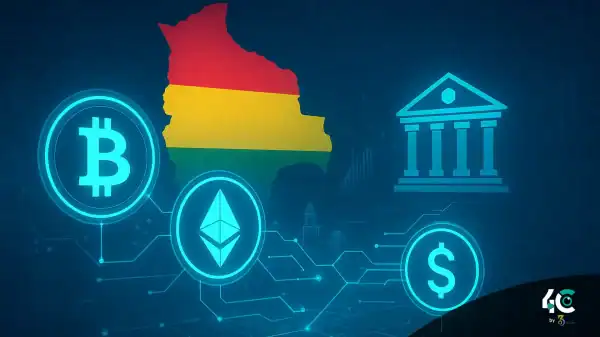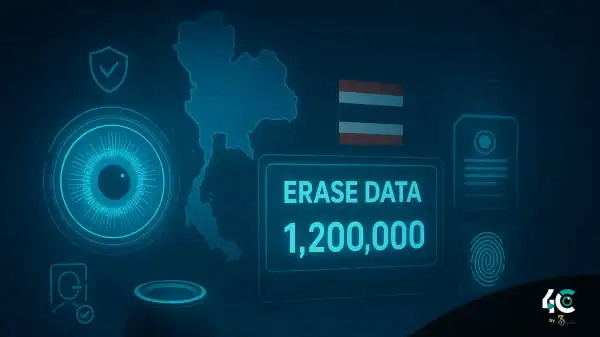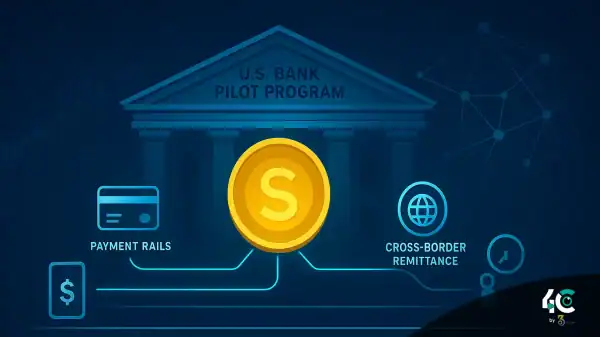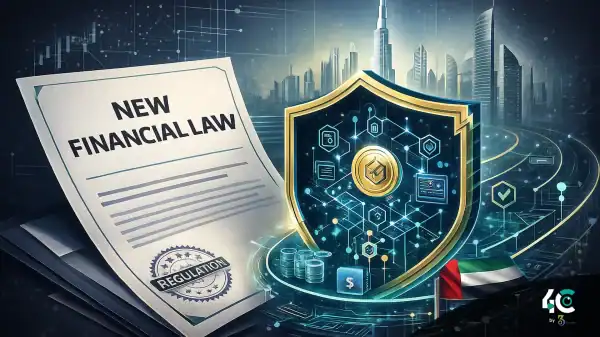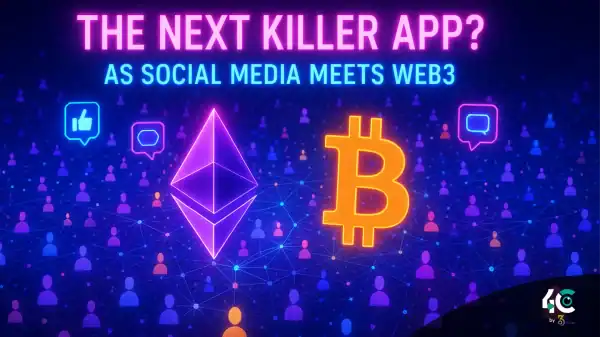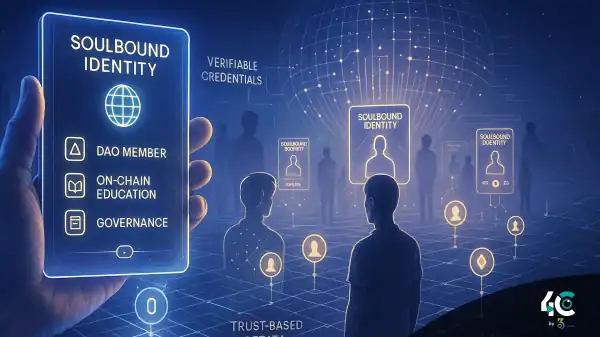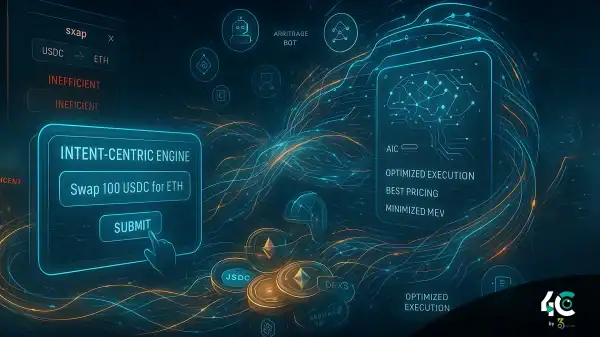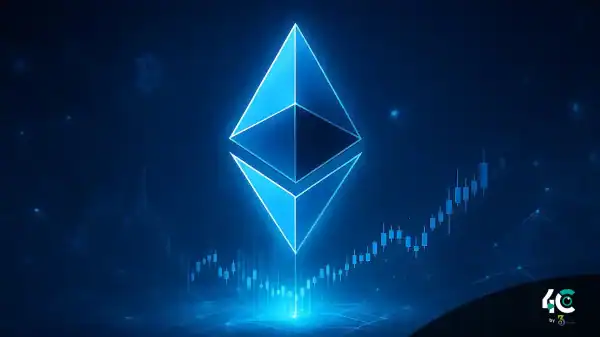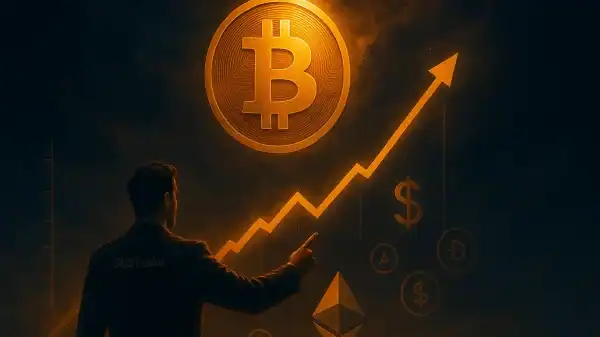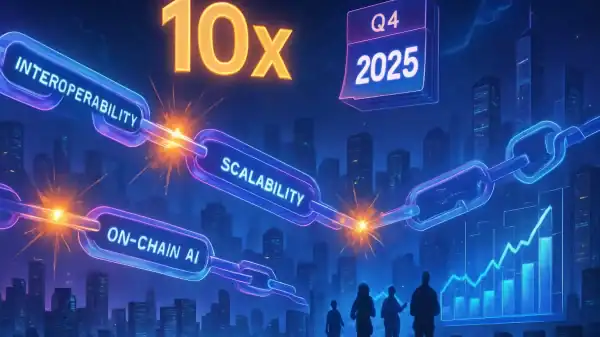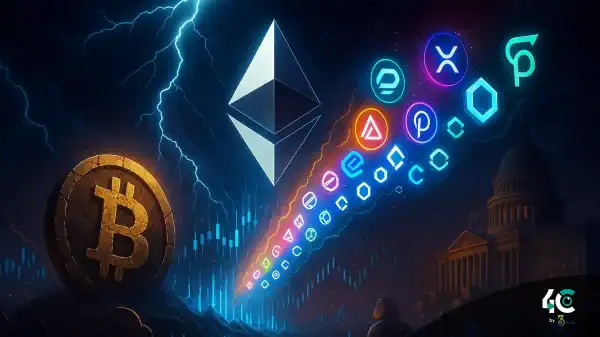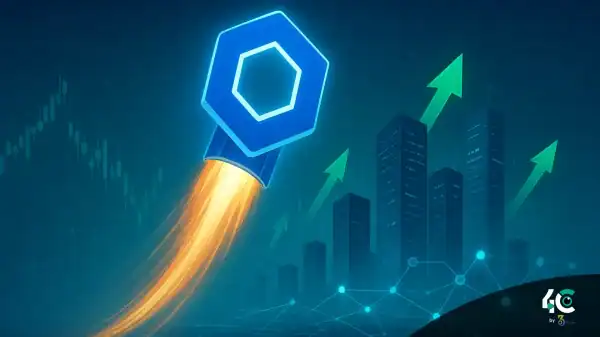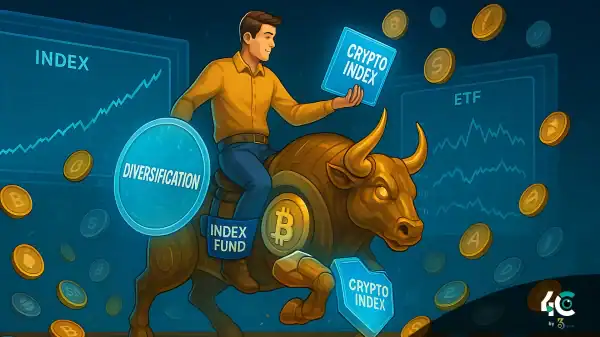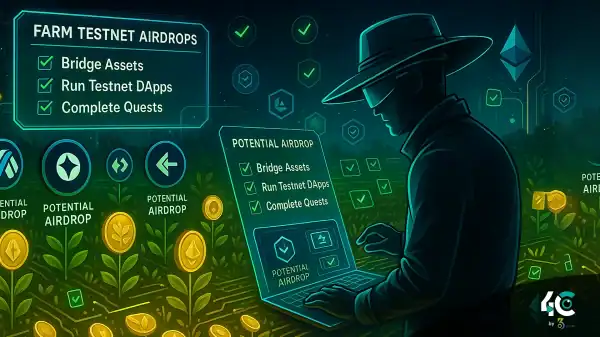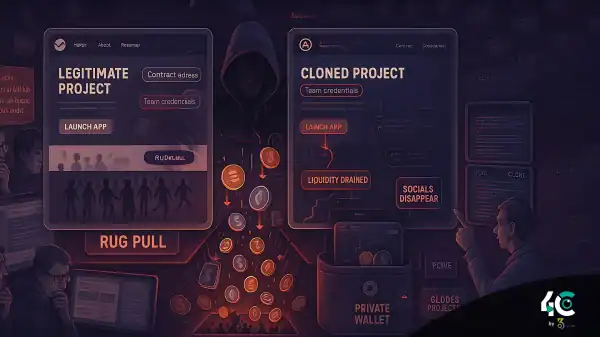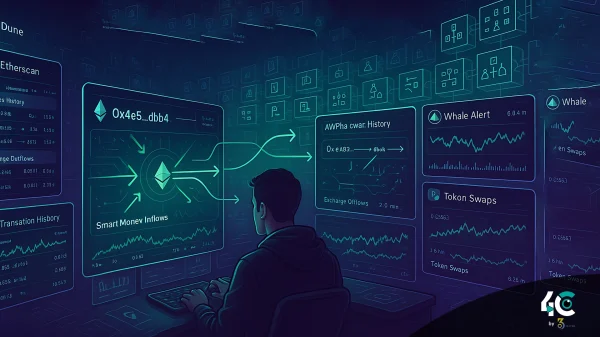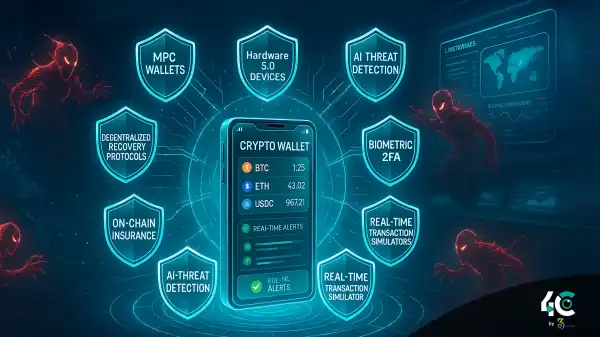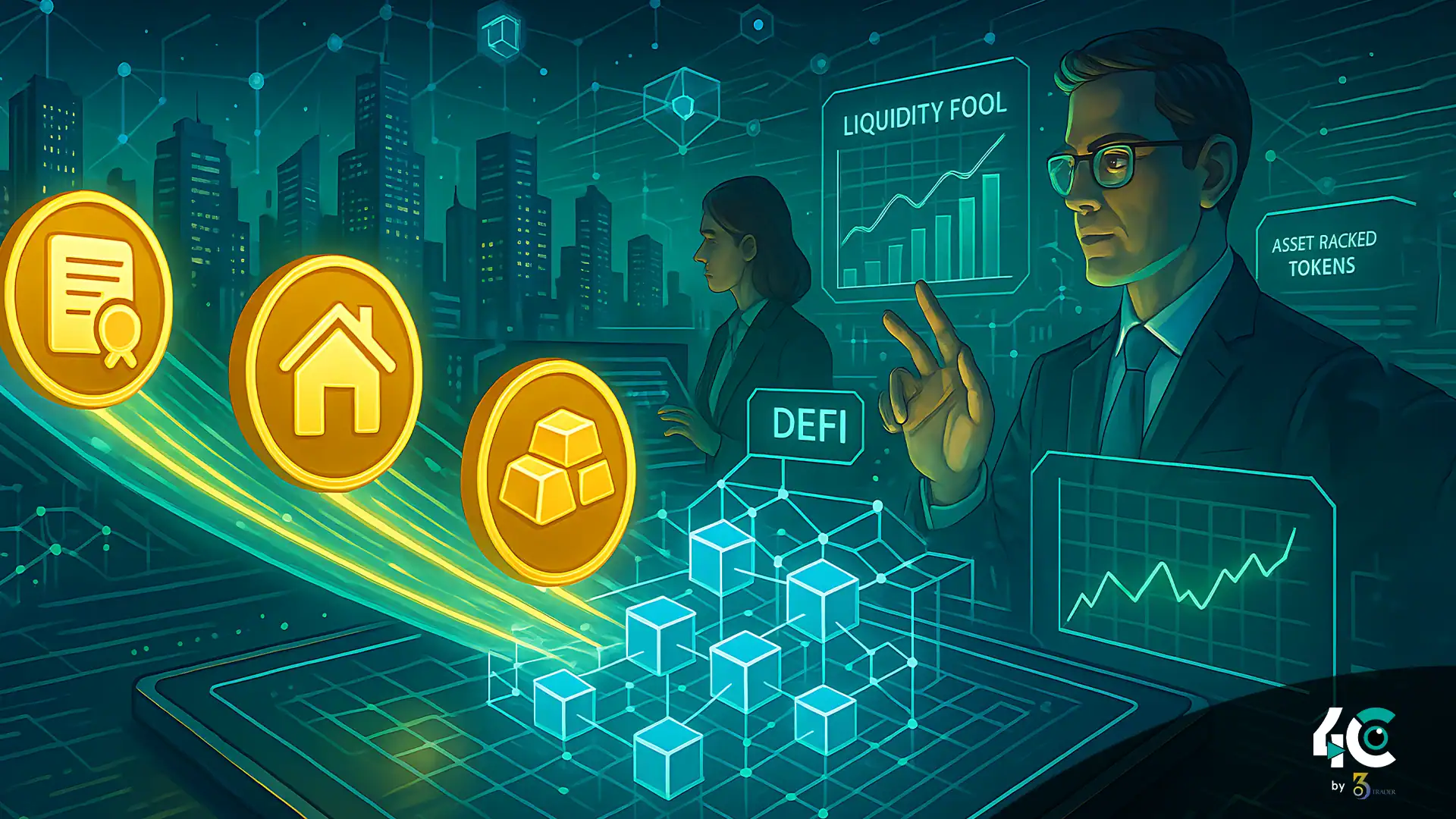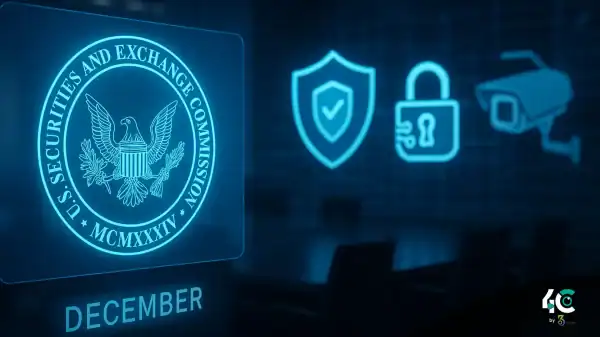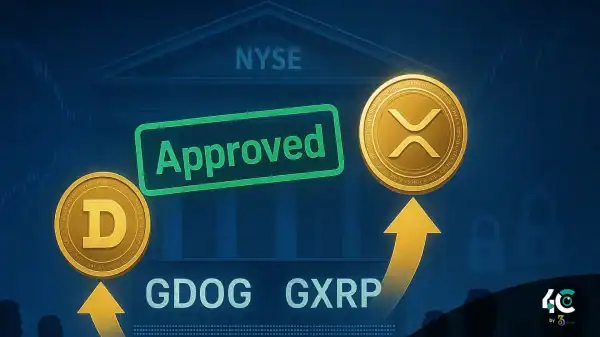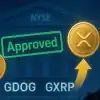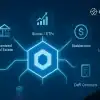The Rise of Tokenized Real-World Assets
Through tokenization, we can represent the ownership of a physical asset or financial asset on a blockchain. Fractional ownership facilitates transferability, providing a way to unlock illiquid assets and promote participation. In recent years, Centrifuge, MakerDAO, and RealT have used tokenized RWAs in DeFi. Users can use them as collateral for loans or investments.
Key examples of tokenized RWAs include
- Bonds are predetermined fixed-income securities in token form whose cash flows are predictable.
- Tokens backed by properties for fractional ownership and rental income.
- You can use tokenized commodities like gold, oil, or agricultural products for decentralized trading and lending.
By bringing RWAs into DeFi, these initiatives seek to create hybrids between TradFi and DeFi, fusing the best features of existing decentralized finance with traditional finance solutions.
How RWAs Are Used as Collateral in DeFi
RWAs that have undergone tokenization act like normal collateral but have unique features due to their underlying composition. Below, we explore how they integrate into DeFi protocols.
1. Enhanced Liquidity for Illiquid Assets
Typical real-world assets like real estate or private debt are notoriously illiquid, taking months to sell or refinance. Tokenization enables owners to rapidly transform these assets into liquid tokens that can serve as collateral for lending platforms in the DeFi sector. For example:
Anyone who owns a commercial property can tokenize their building, deposit the tokens into Centrifuge, and borrow stablecoins against the collateral.
2. Diversification of Risk Profiles
Collateral that only exists in a crypto economy is valued due to its volatility, which creates risks for both lenders and borrowers. In contrast, RWAs usually show less volatility and much more reliable returns. The reliance on RWAs by DeFi protocols reduces the systemic risk posed by cryptocurrencies.
3. Yield Generation Through Stable Cash Flows
Various residential welfare associations generate functional income streams. When you use these assets as collateral, they will not only back loans but also could generate ongoing yields and improve overall returns.
For example, MakerDAO has now begun minting DAI against RWA, specifically institutional bonds. Borrowers earn DAI while the underlying bond coupons pay interest to the lender.
Benefits of Integrating RWAs into DeFi
Tokenized RWAs can benefit the DeFi ecosystem and offer some advantages to financial enterprises alike.
1. Increased Accessibility
With fractional ownership, barriers to entry for retail investors are lowered, enabling individual investors to participate in high-value markets such as real estate or corporate debt without needing huge capital upfront.
2. Improved Stability
Using RWAs lessens reliance on speculative crypto assets, therefore helping DeFi protocols maintain their strength during market downturns.
3. Broader Institutional Adoption
Traditional institutions that prefer to stay within the recognizable and regulated asset classes are opting for RWAs in DeFi. Institutions do more in this space, and it adds legitimacy.
4. Bridging TradFi and DeFi
Tokenized RWAs make it easier to work with other systems and networks that deal in decentralized assets.
Challenges and Risks
Adding real-world assets to DeFi holds promise but brings challenges.
1. Regulatory Uncertainty
RWAs have strict rules that govern assets like securities, real estate, and commodities. It is likely to complicate things and put off other people.
2. Valuation and Price Feeds
RWAs don’t have 24/7 pricing like cryptos. Oracles need to provide accurate valuations but may be manipulated or inaccurate.
3. Custody and Security
Assets like gold and diamonds require custody solutions to avoid fraud or mismanagement. Off-chain collateral cannot have assured integrity solely via smart contracts.
4. Liquidity Mismatches
Tokenization certainly enhances liquidity, but RWAs may still mismatch other liquid crypto, especially during stress situations.
Case Study: MakerDAO’s RWA Experimentation
A prime example of how RWAs function is MakerDAO.
Phase 1: Initial Integration
In 2021, MakerDAO started accepting tokenized invoices of small businesses to mint DAI as collateral. RWAs can be integrated into DeFi-based applications, the experiments proved.
Phase 2: Institutional Bonds
By 2023, MakerDAO extended to institutional bonds from Monetalis and Société Générale. These assets are now worth billions in collateral, helping stabilize the supply of DAI and keeping its price relatively stable.
Outcome
The effectuation of MakerDAO highlights an intriguing opportunity for which RWAs may bolster stability and attract institutional capital. This also establishes a framework for other protocols to do the same.
Implications for Liquidity and Risk Profiles
RWAs, the new stars of DeFi markets, are challenging the status quo.
Liquidity Expansion
RWAs are helping billions of dollars’ worth of illiquid assets to get into DeFi, increasing the pool of collateral. Borrowers, lenders, and traders benefit from this liquidity.
Risk Redistribution
DeFi protocols use non-crypto collateral types to mitigate the risks of concentration. On the other hand, RWAs will introduce risks associated with valuation, custody, and regulatory risk.
Market Evolution
As RWAs take off, DeFi is shifting from a narrow crypto-specific design to a broad multi-asset design that can support global finance.
Conclusion: Collateral Capital’s Future is Bright
Tokenized real-world assets in DeFi is a landmark milestone in decentralized finance (DeFi) development. RWAs can unlock liquidity, diversify risk profiles and bring in institutional players to transform DeFi into mainstream finance.
To achieve this vision, there are significant hurdles to be cleared namely regulatory clarity, oracle development and custody security. For RWAs in DeFi to be fully realized, as the industry matures, traditional industry players will have to work in tandem with innovators and regulators.
In the end, merging tangible assets with decentralized technology does not only mean extending the scope of DeFi but is also a rethinking of how many things get created, exchanged and secured.
Conclusion
Real-world assets that are tokenized, including bonds, real estate, and commodities, are becoming collateral in DeFi, which changes liquidity and risk profiles. Such assets make it easier to access the crypto market and make it more stable, which transforms into adoption by institutions. Further, it connects the traditional financial world with the decentralized world. RWAs bring many benefits, but they also cause challenges, including regulatory uncertainty, valuation complexity, and custody risk. DeFi adapts to RWAs while addressing beneficial obstacles. DeFi transitions to supporting multiple asset classes for global finance, as respondents to the current paper point out.


